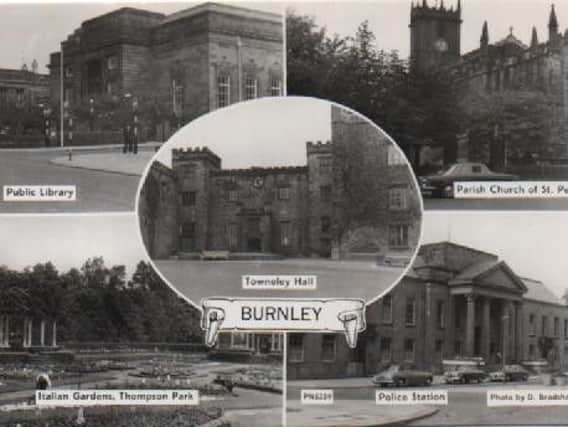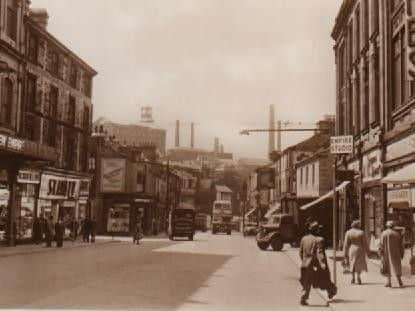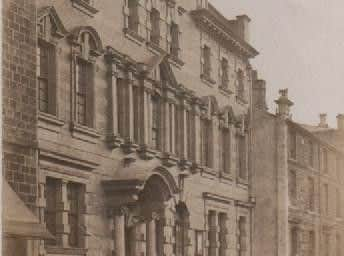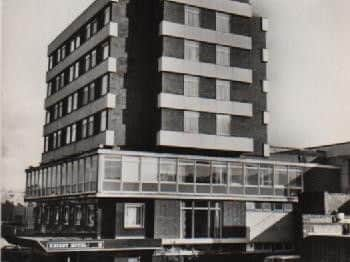An attack on Burnley's heritage


On the one hand, we have had a very successful Burnley Canal Festival – the “biggest yet”, says “Towpath Talk, the UK’s number one read for all waterways users” – with a number of new heritage publications and a programme of Heritage Open Days, including the Woodland Festival, all of which have been very positive.
These show what can be achieved by lots of commitment, partnership arrangements and small budgets but, on the other hand, we have the impending closure of three of our local libraries and, more significantly, perhaps, the potential closure of the unique Queen Street Mill Textile Museum in Briercliffe. Added to that, the future at Gawthorpe may not look as rosy as it once did.
Advertisement
Hide AdAdvertisement
Hide AdIt was only relatively recently that Burnley appeared to be getting its “heritage house” in order. The borough’s “offer”, if that is the right word, had been praised by a national body. Burnley leapt forward in the heritage rankings, the second most improved borough in the North-West.


This has been achieved at a time when Burnley was making an impact in other ways. It is not that long ago that Burnley was praised for its commercial enterprise and, only in the past few weeks, the town has headed a list of places in Britain where investment in industry produces the best returns. The top two were both in Lancashire – Burnley, number one, and Wigan number two. It was a great achievement for both towns which, historically, have shared similar commercial histories. You will remember the old observation relating to the two towns, as they were before the First World War – “Wigan is a coal town with cotton, Burnley a cotton town which coal”.
At a time when Burnley is achieving much, and “yes” in the football fields of England too, it is sad to see the possible demise of something as important as the Queen Street Mill Museum. I know that the County Council is trying to find another provider to take on this unique facility, but I still find myself asking the question, should we really have allowed things to get into the position where we find them?
I am afraid that I still regard what has happened as an attack on Burnley’s heritage. It is also an attack on the heritage of the whole county and, whilst it is undeniable that central government funding for our Councils, has been, since 2010, reduced by about 50%, what may be happening to Queen Street, and other similar bodies in the County, is part of a long-standing misunderstanding of the County Council’s heritage role.
Advertisement
Hide AdAdvertisement
Hide AdAlthough Lancashire County Council has a good County Records Office, in Preston, other heritage facilities have been starved of funding for years. The most important of these is the County Archaeology Service. Lancashire has a very poor record in this area when compared with what is the case in neighbouring Yorkshire. The consequence is that we know a lot less about the past in the Red Rose County than we do in that of the White Rose.


I started this article by saying that 2016 has been a big year for heritage in Burnley. It is not over yet. It might be too late for the three local libraries but decisions have to be made about Queen Street Mill Museum. Let us hope that Queen Street can be saved.
On a more positive note, on Tuesday , October 18th, the Leeds and Liverpool short boat Kennet will be in Burnley as part of a re-creation of the inaugural ceremonial journey of 127 miles across the Pennines from Leeds to Liverpool. If you want to see Kennet it will be at Burnley Wharf at 5-15pm. In 1816, when the original trip was made, most communities provided brass bands, church bells were rung, barges were bedecked with flags and streamers and large crowds celebrated a great event. Not all of this can be promised this time, but the visit of Kennet to Burnley will be something to remember, something for youngsters to tell their children about.
Another heritage event is scheduled for Saturday when Burnley Civic Trust is organising a Conducted Walk and Talk on Burnley’s Twentieth Century Buildings. The walk will be led by Roger Frost and it will start from the Town Hall steps at 10-30am. At the same time the Civic Trust’s new book, Burnley’s Twentieth Century Buildings, will be launched and copies will be available at £3 each.
Advertisement
Hide AdAdvertisement
Hide AdThe book might never have been written had Burnley Civic Trust not been approached by the Twentieth Century Society asking if the Trust could arrange for its members to visit Burnley’s more recent buildings. Some members of the Trust, including myself, we not really aware of the importance of some of Burnley’s 20th Century buildings.


The Society wanted to see Padiham Town Hall, the Prestige building, on Colne Road, and The Castle, an interesting house on Manchester Road but they also wanted to see the town, its municipal and business buildings.
The book, which is now available to the public, is a product of the tour that Burnley Civic Trust put together for the Twentieth Century Society when their members, from all over the country, descended on the town. You will be surprised by the quality of some of our twentieth century buildings and you can see them, in the flesh, if you see what I mean, by joining the Walk and Talk on Saturday at 10-30am at the Town Hall steps on Manchester Road in Burnley.